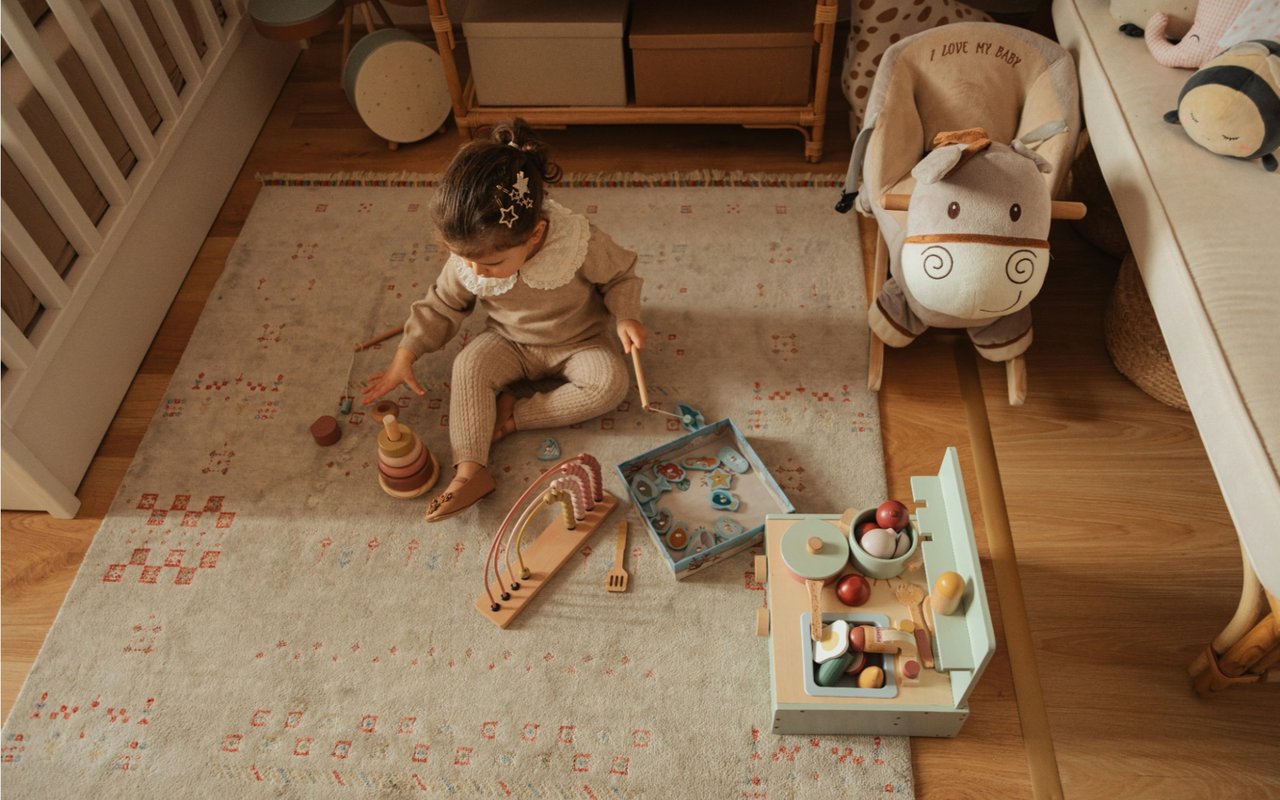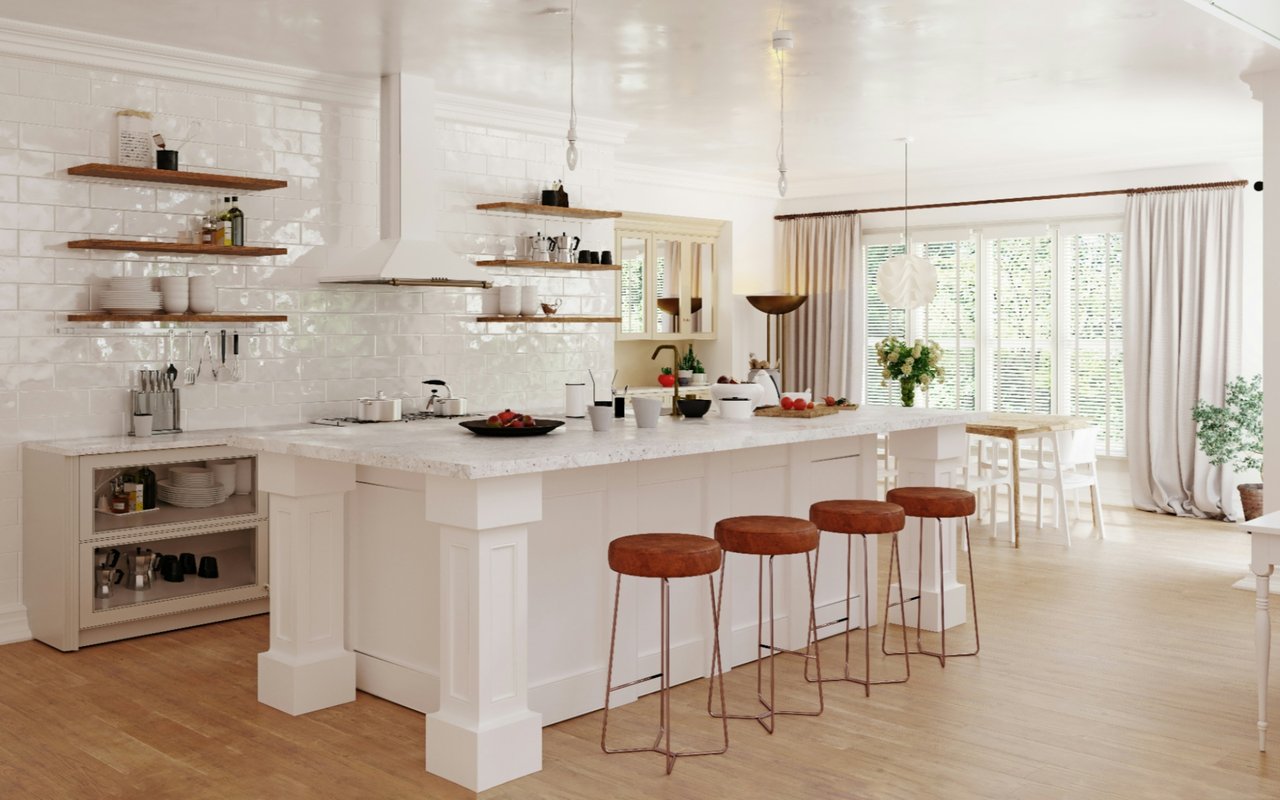Creating a secure, welcoming environment for children is a top priority for families relocating or investing in real estate along Florida’s Gulf Coast. For those considering Santa Rosa Beach and the surrounding 30A corridor, ensuring child safety at home is a key factor in choosing the right property—and adapting that property to suit the specific needs of young children. From hidden hazards to common household features, even the most beautiful home requires thoughtful planning to make it fully safe for little ones. Understanding best practices for childproofing a home is essential for both current homeowners and those exploring the area for potential relocation.
Assessing Risks Room By Room
Every area of a home presents its own set of risks, and approaching child safety at home means taking a room-by-room evaluation. Kitchens and bathrooms tend to contain the highest number of hazards, including sharp tools, cleaning agents, electrical outlets, and hot surfaces. Bedrooms and living areas require attention to furniture stability, accessible cords, and the potential for climbing. Even hallways and staircases can pose dangers if not properly secured.
In kitchens, installing safety latches on cabinets and drawers can prevent children from accessing utensils or cleaning products. Stove knob covers and heat-resistant stove guards minimize the risk of burns. For bathrooms, toilet locks and non-slip mats should be standard, and all medications and personal care products should be stored in high or locked cabinets. Bedrooms should be free of dangling cords, and any furniture that can tip—such as bookshelves or dressers—should be anchored securely to the wall.
Proper installation of stair gates is critical in two-story homes or properties with elevated decks. Entryways and garage areas should be off-limits unless closely supervised. These small steps, implemented thoughtfully across each space, are the foundation of child safety at home and are especially important in properties undergoing renovations or recent transitions in ownership.
In kitchens, installing safety latches on cabinets and drawers can prevent children from accessing utensils or cleaning products. Stove knob covers and heat-resistant stove guards minimize the risk of burns. For bathrooms, toilet locks and non-slip mats should be standard, and all medications and personal care products should be stored in high or locked cabinets. Bedrooms should be free of dangling cords, and any furniture that can tip—such as bookshelves or dressers—should be anchored securely to the wall.
Proper installation of stair gates is critical in two-story homes or properties with elevated decks. Entryways and garage areas should be off-limits unless closely supervised. These small steps, implemented thoughtfully across each space, are the foundation of child safety at home and are especially important in properties undergoing renovations or recent transitions in ownership.
Securing Furniture and Fixtures
Furniture tipping remains one of the most overlooked hazards in homes with young children. According to the U.S. Consumer Product Safety Commission, one child dies every ten days in the U.S. from tip-over incidents, typically involving dressers, televisions, or bookshelves. Homeowners should use anti-tip brackets or wall anchors to secure any furniture that is tall or could be climbed. Even in vacation or secondary homes, these safety measures should be in place before children spend significant time on the property.
Window coverings also require close attention. Blinds with long, looped cords have been linked to child strangulation hazards and should be replaced with cordless versions or modified with cleats and safety tension devices. Windows themselves should feature locks or stoppers that limit how far they can open. Screens are not sufficient barriers, as they are designed to keep insects out—not children in.
Homeowners in coastal areas like Santa Rosa Beach should also consider child-safe measures around outdoor features such as pools, balconies, and patio furniture. Pools must have fencing that meets Florida state code requirements, with self-closing and self-latching gates. Furniture should be chosen for its stability and placed away from railings or balcony edges. Prioritizing these elements not only ensures child safety at home but also increases the value and livability of the property for future buyers with families.
Window coverings also require close attention. Blinds with long, looped cords have been linked to child strangulation hazards and should be replaced with cordless versions or modified with cleats and safety tension devices. Windows themselves should feature locks or stoppers that limit how far they can open. Screens are not sufficient barriers, as they are designed to keep insects out—not children in.
Homeowners in coastal areas like Santa Rosa Beach should also consider child-safe measures around outdoor features such as pools, balconies, and patio furniture. Pools must have fencing that meets Florida state code requirements, with self-closing and self-latching gates. Furniture should be chosen for its stability and placed away from railings or balcony edges. Prioritizing these elements not only ensures child safety at home but also increases the value and livability of the property for future buyers with families.
Electrical Safety and Smart Technology
Electrical outlets and cords are a common source of household accidents involving young children. In older homes, replacing standard outlets with tamper-resistant receptacles (TRRs) can prevent accidental shocks. Outlet covers should be secure enough that a child cannot remove them, and all unused cords should be bundled and kept out of reach.
Technology can also play a valuable role in improving child safety at home. Baby monitors with movement and sound detection, smart locks on exterior doors, and camera-integrated doorbells allow parents to stay informed and proactive about their children’s safety. Motion-sensor lighting in hallways and nightlights in bedrooms help prevent trips and falls during nighttime hours.
While many Santa Rosa Beach homes already include smart home features as part of modern design trends, families with small children should ensure those technologies serve safety-first functions. For instance, automatic blinds that can be controlled from a smartphone reduce the risk of dangling cords. Garage doors with motion sensors can prevent accidents during playtime outdoors. Integrating child-centric technology doesn't mean sacrificing style; in fact, many of today’s safety solutions are designed to blend seamlessly with high-end interiors.
Technology can also play a valuable role in improving child safety at home. Baby monitors with movement and sound detection, smart locks on exterior doors, and camera-integrated doorbells allow parents to stay informed and proactive about their children’s safety. Motion-sensor lighting in hallways and nightlights in bedrooms help prevent trips and falls during nighttime hours.
While many Santa Rosa Beach homes already include smart home features as part of modern design trends, families with small children should ensure those technologies serve safety-first functions. For instance, automatic blinds that can be controlled from a smartphone reduce the risk of dangling cords. Garage doors with motion sensors can prevent accidents during playtime outdoors. Integrating child-centric technology doesn't mean sacrificing style; in fact, many of today’s safety solutions are designed to blend seamlessly with high-end interiors.
Outdoor and Yard Safety Considerations
The coastal setting of Santa Rosa Beach adds another dimension to home safety: outdoor areas. Whether it's a fenced-in backyard, pool, or front porch, these areas are often where children spend a significant amount of time, especially during the warmer months. Child safety at home must extend beyond the four walls of the house.
Fencing should be secure, with no gaps or climbable horizontal bars. Gates should latch from the inside and be tall enough to deter climbing. For properties with swimming pools, a pool alarm or automatic pool cover can add another layer of protection. Landscaping materials should be chosen with care, avoiding plants with thorns or toxicity to children. Areas with loose gravel or stones should be minimized to reduce choking hazards for toddlers.
Beachfront homes come with their own considerations. Direct beach access should be gated or secured, and water safety measures—like flotation devices and adult supervision protocols—should be established for every visit. Homeowners with boats or paddleboards should store these out of children's reach when not in use. Outdoor safety is an essential, ongoing element of maintaining child safety at home in coastal Florida communities.
Fencing should be secure, with no gaps or climbable horizontal bars. Gates should latch from the inside and be tall enough to deter climbing. For properties with swimming pools, a pool alarm or automatic pool cover can add another layer of protection. Landscaping materials should be chosen with care, avoiding plants with thorns or toxicity to children. Areas with loose gravel or stones should be minimized to reduce choking hazards for toddlers.
Beachfront homes come with their own considerations. Direct beach access should be gated or secured, and water safety measures—like flotation devices and adult supervision protocols—should be established for every visit. Homeowners with boats or paddleboards should store these out of children's reach when not in use. Outdoor safety is an essential, ongoing element of maintaining child safety at home in coastal Florida communities.
Emergency Planning and Preparedness
Every household should have an emergency preparedness plan that includes child-specific considerations. Smoke detectors and carbon monoxide alarms should be installed on every level of the home and tested monthly. Fire extinguishers should be placed in the kitchen and garage, and all adults in the home should know how to use them. Additionally, families should establish escape plans and practice fire drills, with an emphasis on helping children understand how to respond during an emergency.
In hurricane-prone areas like Santa Rosa Beach, it’s equally important to have weather-specific plans in place. Emergency kits should include child-friendly supplies such as snacks, diapers, formula, and comfort items. Storm shutters or impact-resistant windows can provide an added layer of protection for all occupants. While these upgrades are often viewed through the lens of property preservation, they also serve as critical elements of a comprehensive child safety at home strategy.
In hurricane-prone areas like Santa Rosa Beach, it’s equally important to have weather-specific plans in place. Emergency kits should include child-friendly supplies such as snacks, diapers, formula, and comfort items. Storm shutters or impact-resistant windows can provide an added layer of protection for all occupants. While these upgrades are often viewed through the lens of property preservation, they also serve as critical elements of a comprehensive child safety at home strategy.
Long-Term Safety Habits and Maintenance
Creating a child-safe home is not a one-time task—it’s an evolving process that changes as children grow and gain new abilities. A toddler’s needs are different from those of a preschooler or elementary-age child. Regular safety audits of the home are essential, especially after moving in, remodeling, or purchasing new furniture and appliances.
Professional home inspectors and child safety specialists can provide valuable insight into potential hazards and necessary improvements. For homebuyers considering Santa Rosa Beach or neighboring 30A communities, it's advisable to include safety evaluations as part of the pre-purchase inspection process. Doing so ensures the property is not only beautiful and functional, but truly livable for every member of the family.
Maintaining these safety measures through seasonal home care—like checking locks, securing screens, and updating emergency kits—helps ensure that child safety at home remains consistent year after year. Families who plan ahead and remain proactive in their approach can enjoy all the benefits of life on the Emerald Coast without compromising on peace of mind.
Professional home inspectors and child safety specialists can provide valuable insight into potential hazards and necessary improvements. For homebuyers considering Santa Rosa Beach or neighboring 30A communities, it's advisable to include safety evaluations as part of the pre-purchase inspection process. Doing so ensures the property is not only beautiful and functional, but truly livable for every member of the family.
Maintaining these safety measures through seasonal home care—like checking locks, securing screens, and updating emergency kits—helps ensure that child safety at home remains consistent year after year. Families who plan ahead and remain proactive in their approach can enjoy all the benefits of life on the Emerald Coast without compromising on peace of mind.
Child Safety At Home With The Tanika O'Brien Group
For families moving to Florida’s scenic Gulf Coast, child safety at home is an essential part of making a new house feel like home. Whether you're evaluating existing properties or planning new construction, reach out to The Tanika O'Brien Group to find homes that support the highest standards of comfort, safety, and coastal living.



